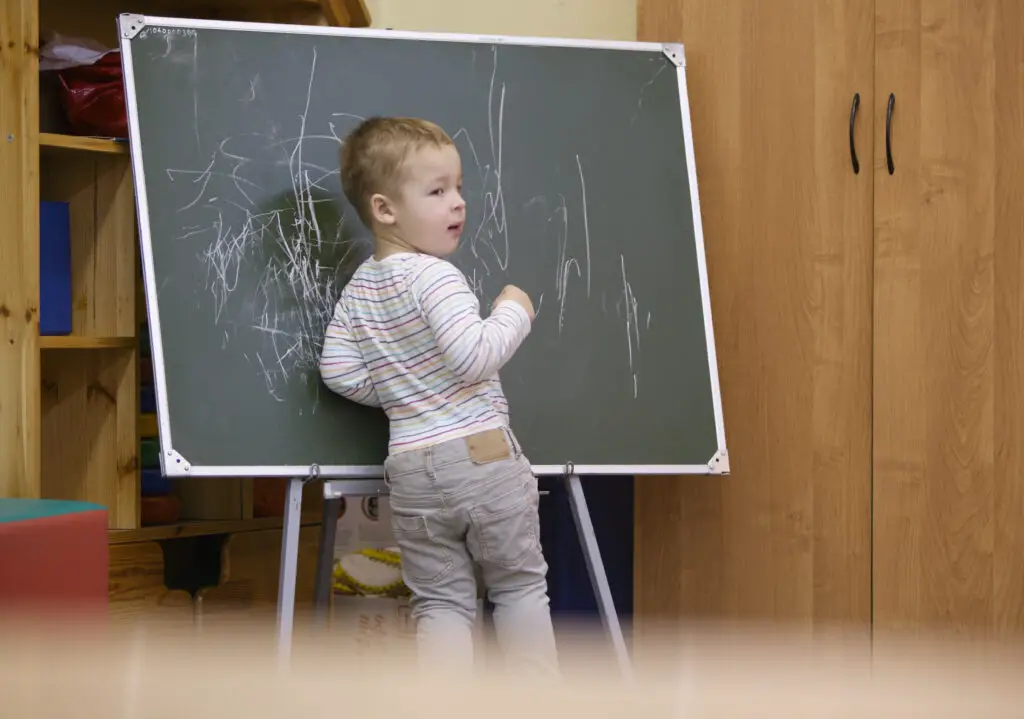Inequality in Education
Inequality in Education refers to the uneven distribution of educational resources, such as funding, qualified teachers, and technology, to disadvantaged communities who have often been historically oppressed.
This can result in poor quality education for those in underprivileged areas, leading to social problems and a reliance on expensive private schools.
Income level also plays a significant role in determining educational access, with students from low-income families and remote communities facing significant barriers to achieving quality education.

Role of Education in Equalizing Opportunities:
Education is considered a crucial factor in promoting social mobility and equalizing opportunities. It offers individuals the chance to develop their abilities and attain merit through the acquisition of knowledge and skills.
Education can work towards equalizing opportunities in three ways: by providing access to education for all who are interested and capable, by fostering a curriculum that encourages a scientific and practical perspective, and by creating a social environment that is inclusive and does not discriminate based on factors such as religion, language, caste, or class.
Causes of Educational Inequalities:
Factors that may result in educational inequalities are:
Socioeconomic Factors
Socioeconomic factors can lead to educational inequalities by creating a divide between the educational opportunities available to children from wealthy and poor families.
The gap between the rich and poor can result in unequal access to resources, such as expensive and high-quality education, leading to a disparity in the quality of education and opportunities for advancement for children from different backgrounds.
The gap between the wealthy and poor in a society is a significant contributor to the inequality of access to higher education.

Religious beliefs
Religious beliefs can be a cause of educational inequalities by creating a disconnect between formal education and certain religious communities. In predominantly Muslim areas, religious adherence may have led to a lack of access to formal education.
💥🎁 New Year & Easter Deals On Amazon !
Don't miss out on the best discounts and top-rated products available right now!
🛒 Shop Now and Save Big Today!*As an Amazon Associate, I earn from qualifying purchases.
For example, in Kenya, the predominant delivery of formal education by Christian missionaries, coupled with the requirement of conversion to Christianity to access education, led to resistance and limited access to formal education within the Islamic community.
Rural Vs. Urban
The difference between rural and urban areas can contribute to educational inequalities by creating disparities in the quality of education available to children.
Children living in rural areas may have limited access to well-equipped schools, resulting in poor exposure and potentially poor performance compared to their urban counterparts.
Cultural factor
Culture can play a significant role in creating educational inequalities by influencing the value placed on formal education within a society.
In every country, there are groups of society that may not prioritize formal education. In these communities, parents may be reluctant to allow their children to pursue education, resulting in a lack of access and opportunity.
An example of this is seen in Kenya where transhumant societies like Maasai, Somali, and Turkana have less access to education due to cultural beliefs and practices.
The gender thing
Gender can also contribute to educational inequalities, as girls tend to have fewer educational opportunities compared to boys. This is often due to traditional societal beliefs and stereotypes that limit the role and potential of girls.
Even in modern times, there are still areas around the world where school enrollment for girls is significantly lower than for boys.

The Disability Component
The issue of disabilities can also contribute to educational inequalities, particularly in developing nations. The needs of disabled children are often not taken into consideration in the public education system and limited resources and support are provided.
However, recent initiatives and measures are being taken in many developing countries to offer sponsored educational opportunities to disabled children in public schools.
💥🎁 New Year & Easter Deals On Amazon !
Don't miss out on the best discounts and top-rated products available right now!
🛒 Shop Now and Save Big Today!*As an Amazon Associate, I earn from qualifying purchases.
However, it will take time for each developing nation to identify all its disabled children, understand their specific needs and provide them with appropriate educational opportunities.